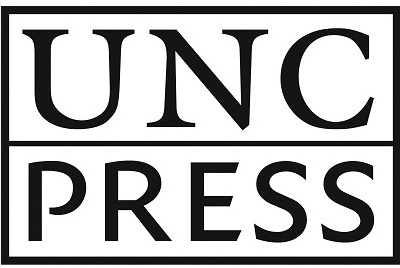Washington, D.C., President John F. Kennedy once remarked, is a
city of "southern efficiency and northern charm." Kennedy's quip
was close to the mark. Since its creation two centuries ago,
Washington has been a community with multiple personalities.
Located on the regional divide between North and South, it has been
a tidewater town, a southern city, a coveted prize in fighting
between the states, a symbol of a reunited nation, a hub for
central government, an extension of the Boston-New York
megalopolis, and an international metropolis.
In an exploration of the many identities Washington has taken on
over time, Carl Abbott examines the ways in which the city's
regional orientation and national symbolism have been interpreted
by novelists and business boosters, architects and blues artists,
map makers and politicians. Each generation of residents and
visitors has redefined Washington, he says, but in ways that have
utilized or preserved its past. The nation's capital is a city
whose history lives in its neighborhoods, people, and planning, as
well as in its monuments and museums.

